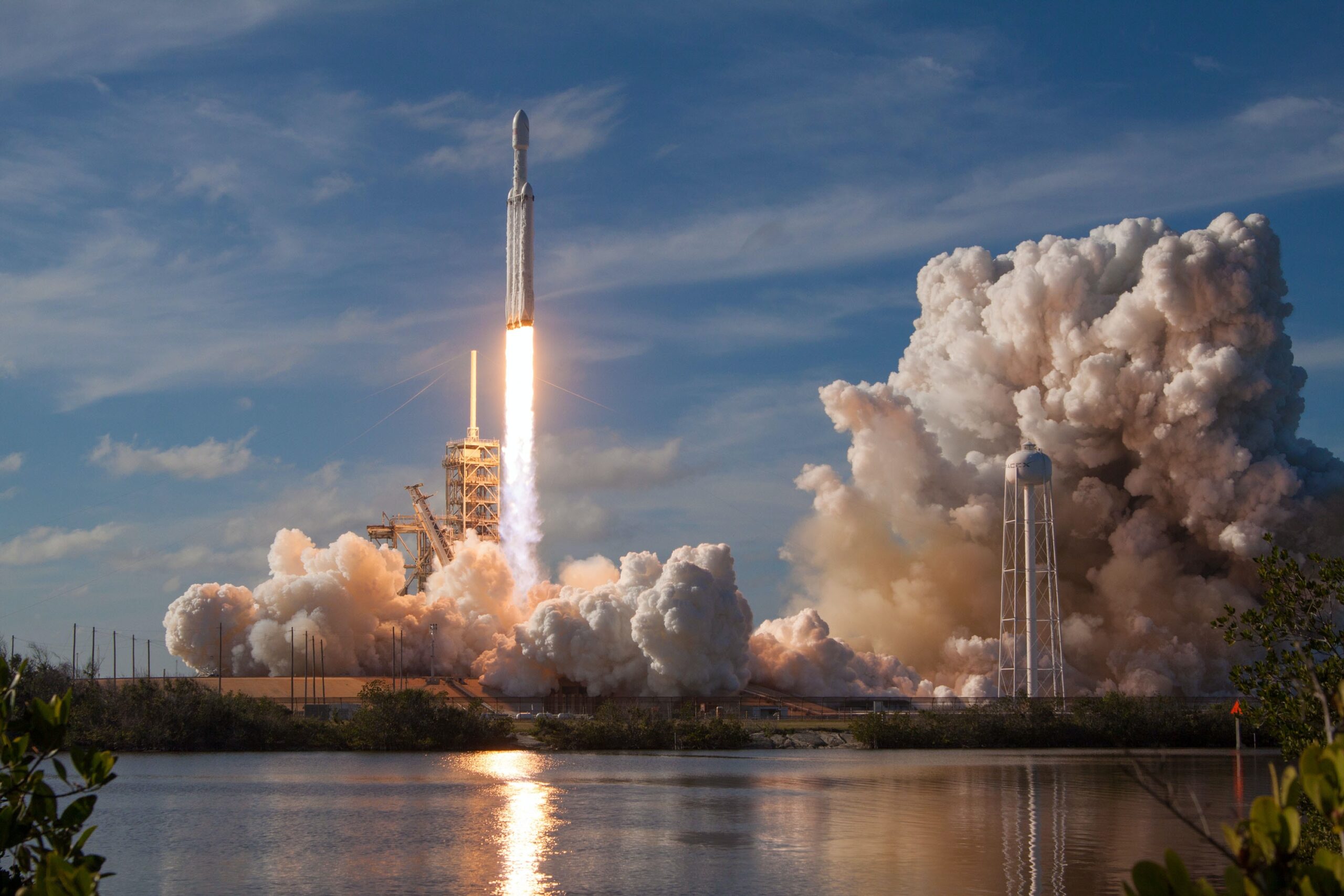
Exploring Life Possibility Beyond Earth: Planets that Could Support Life
Introduction
When we think about the possibility of life beyond Earth, our minds often wander to distant planets in our galaxy. While Earth remains the only known planet to support life, scientists have been tirelessly searching for signs of life elsewhere in the universe. In this article, we will explore some of the planets that have the potential to support life, offering a glimpse into the vast possibilities that exist beyond our own planet.
1. Mars: The Red Planet
Mars, often referred to as the “Red Planet,” has been a subject of fascination for scientists and astronomers for decades. With its similar geological features and potential evidence of water in the past, Mars is considered one of the most likely candidates for hosting life in our solar system.
While Mars might not have a breathable environment like Earth, it has the vital components to support microbial life. Late revelations, like the presence of fluid water underneath its surface and the identification of methane in its climate, have additionally filled the desire for tracking down life on Mars.
2. Europa: Moon of Jupiter
Europa, one of Jupiter’s moons, has long captivated researchers because of its subsurface sea. This huge sea, concealed underneath a thick layer of ice, is accepted to contain over two times how much water tracked down on The planet. The presence of fluid water, joined with the potential for aqueous vents, makes Europa a promising possibility for facilitating life.
Scientists speculate that beneath Europa’s icy crust, the warm and chemically rich environment could provide the necessary conditions for life to thrive. Future missions, such as NASA’s Europa Clipper, aim to study this fascinating moon in greater detail and potentially unveil the secrets it holds.
3. Enceladus: Moon of Saturn
Enceladus, one of Saturn’s moons, has captured the attention of scientists due to its geysers. These geysers, which spew water vapor and icy particles into space, suggest the presence of a subsurface ocean beneath its icy crust.
Like Europa, Enceladus is accepted to have aqueous vents on its sea depths, giving an expected natural surroundings to life. The Cassini space apparatus’ flybys of Enceladus have uncovered natural particles and complex science, further reinforcing the case for its true capacity as a host forever.
4. Titan: The Moon with an Atmosphere
Titan, Saturn’s largest moon, is unique in that it is the only moon in our solar system with a substantial atmosphere. While its atmosphere is primarily composed of nitrogen, it also contains methane, which plays a role in shaping its surface.
Despite the fact that Titan’s surface temperature is very chilly, its hydrocarbon lakes and waterways, joined with the presence of natural particles, have started interest in the chance of life. While the circumstances on Titan might be definitely unique in relation to those on The planet, the potential for life frames that have adjusted to such a climate can’t be precluded.
Conclusion
While Earth remains the only known planet to support life, the exploration of other celestial bodies in our solar system has revealed tantalizing clues about the potential for life elsewhere. Mars, Europa, Enceladus, and Titan are just a few examples of the many fascinating worlds that scientists are studying in their quest to uncover the mysteries of the universe.
As how we might interpret the universe keeps on growing, so too does our appreciation for the tremendous potential outcomes that exist past our own planet. While we might not have authoritative responses yet, the quest for life past Earth fills our interest and helps us to remember the unbelievable variety and potential that the universe holds.




